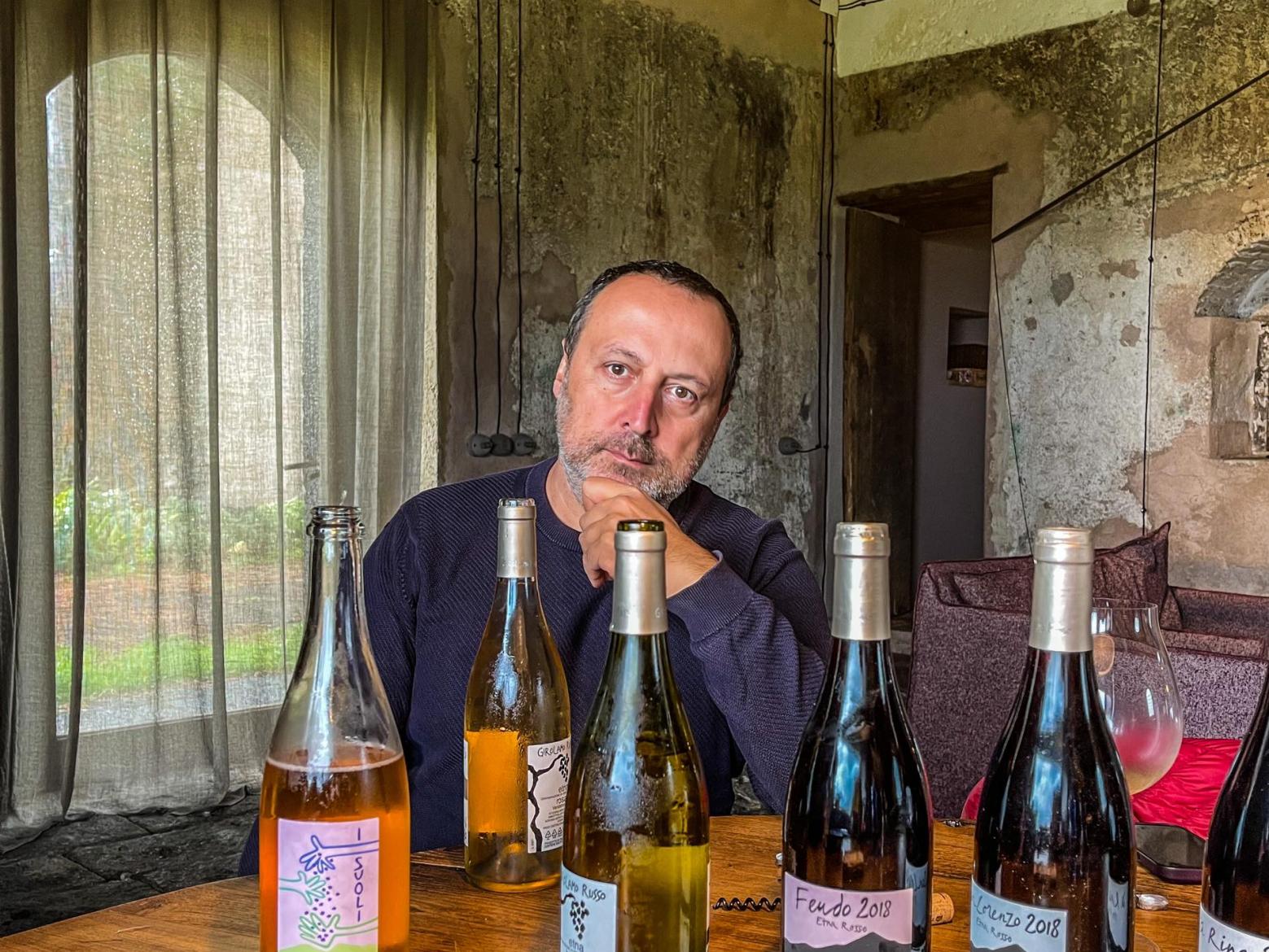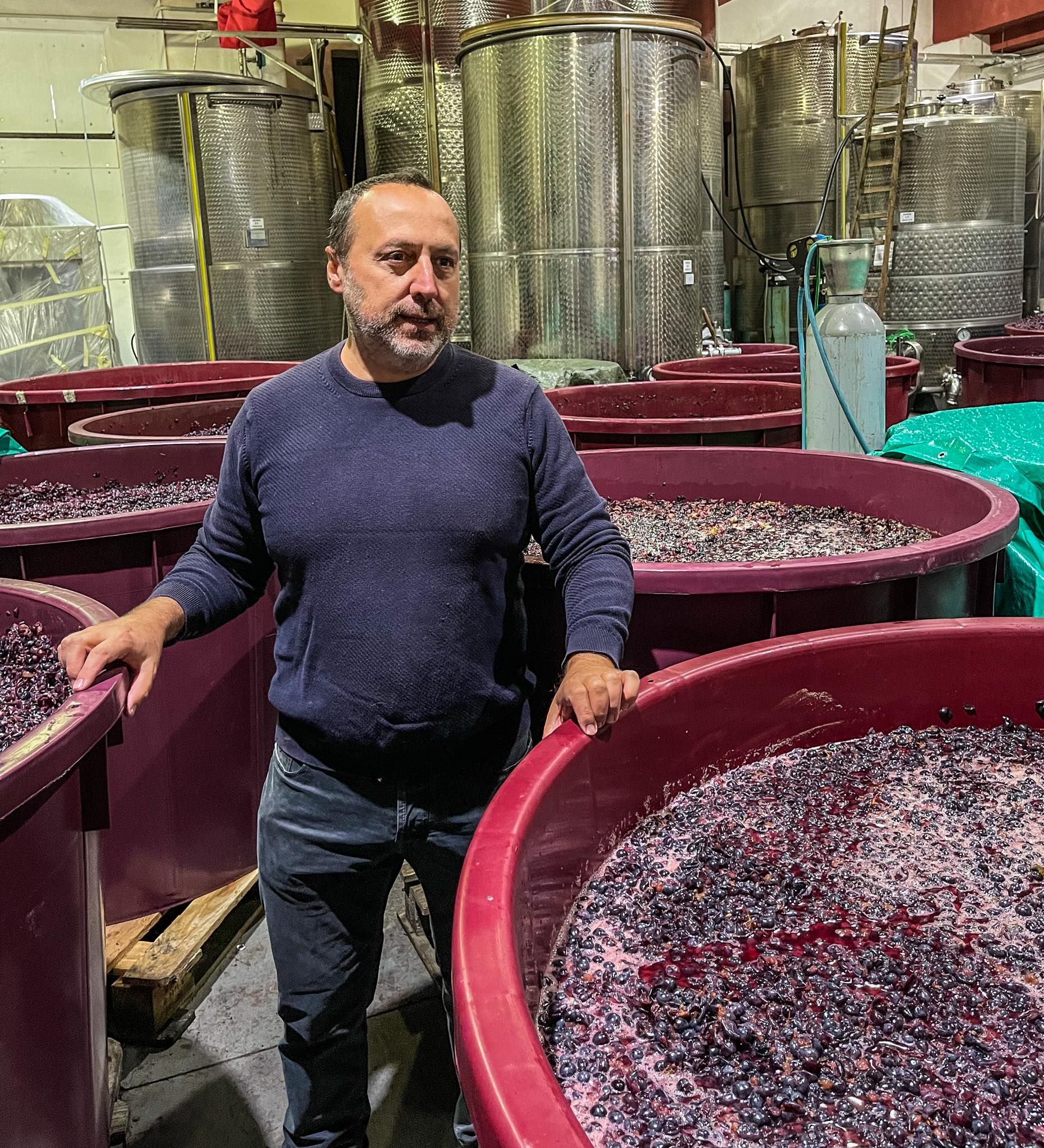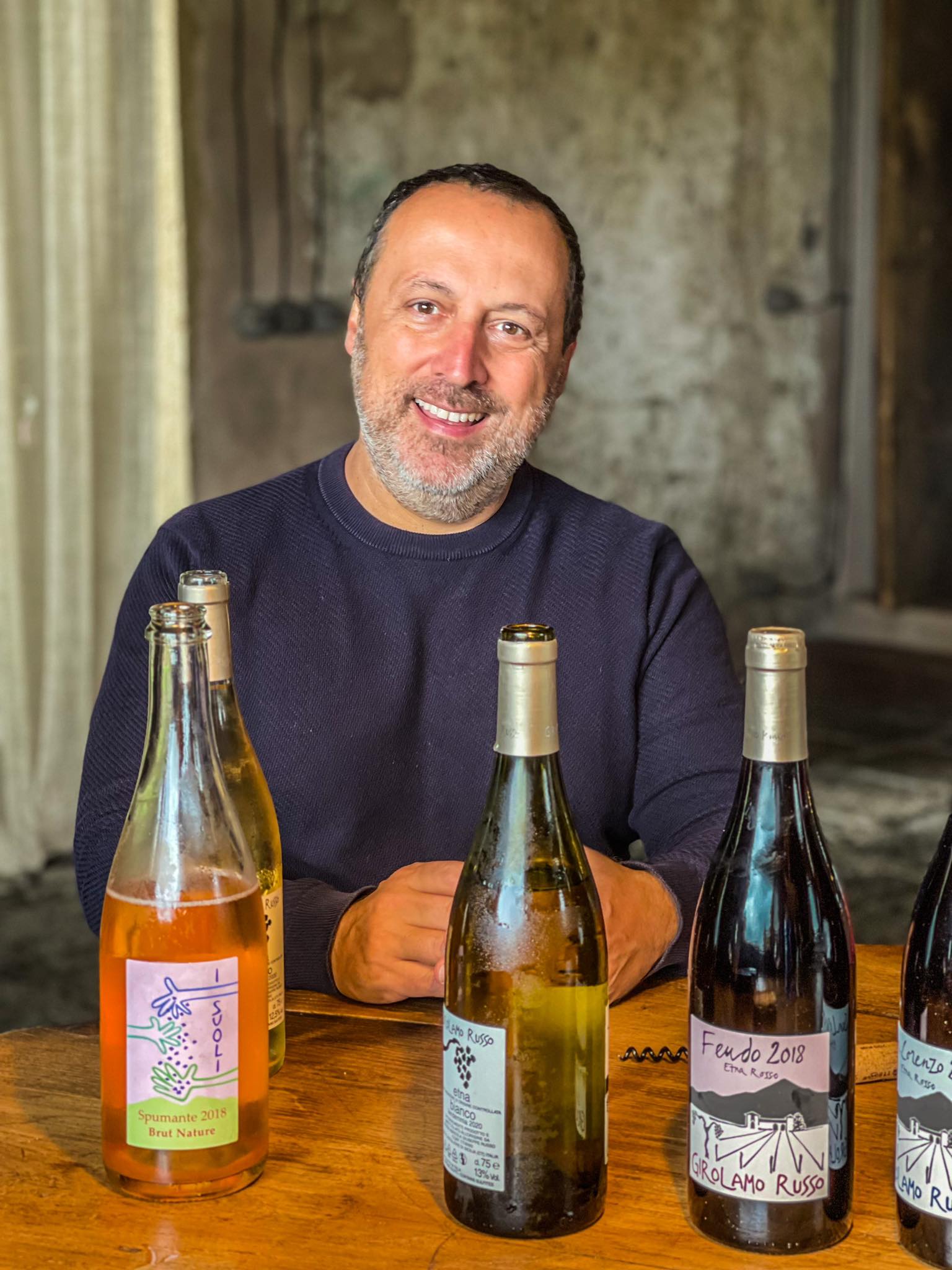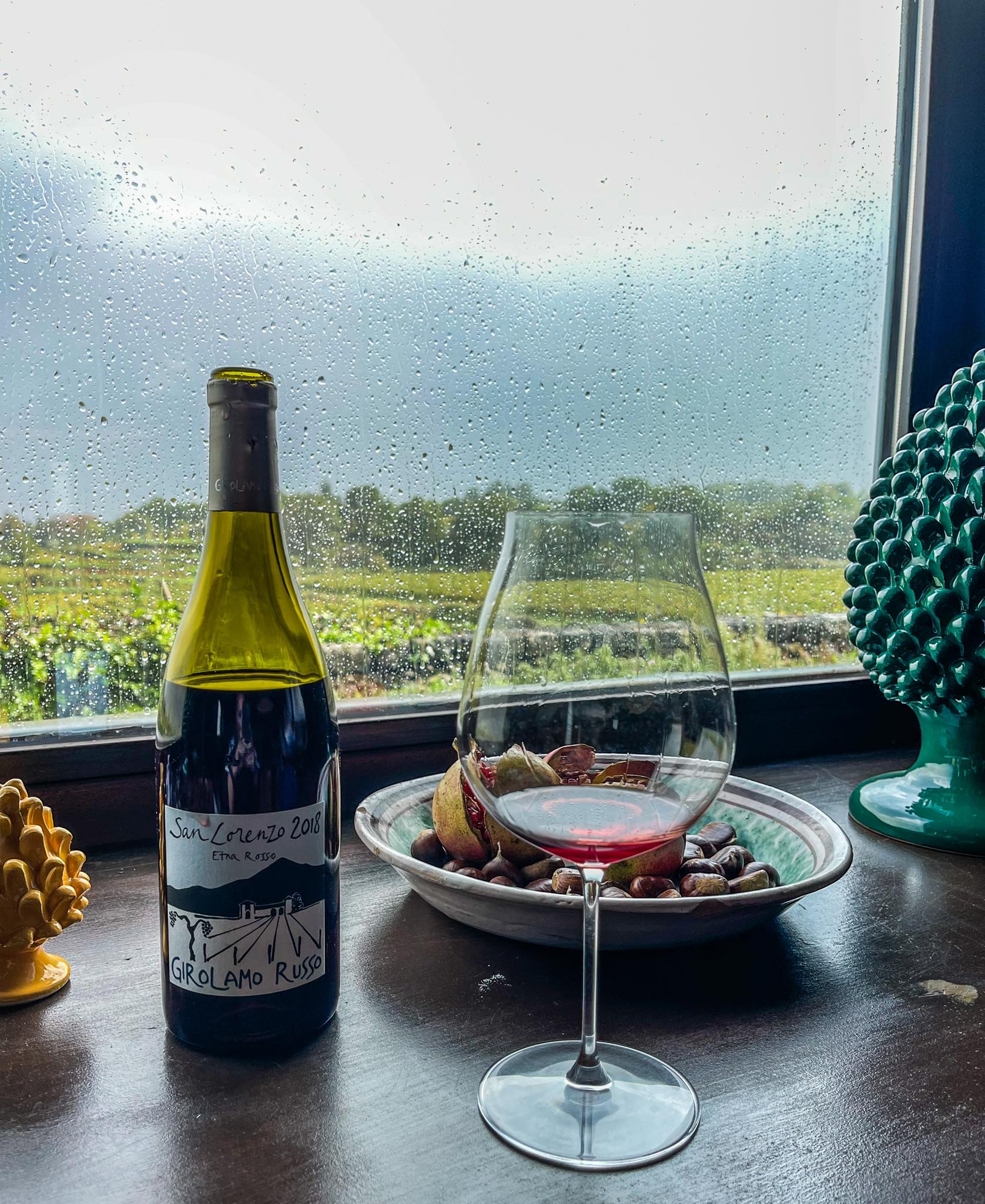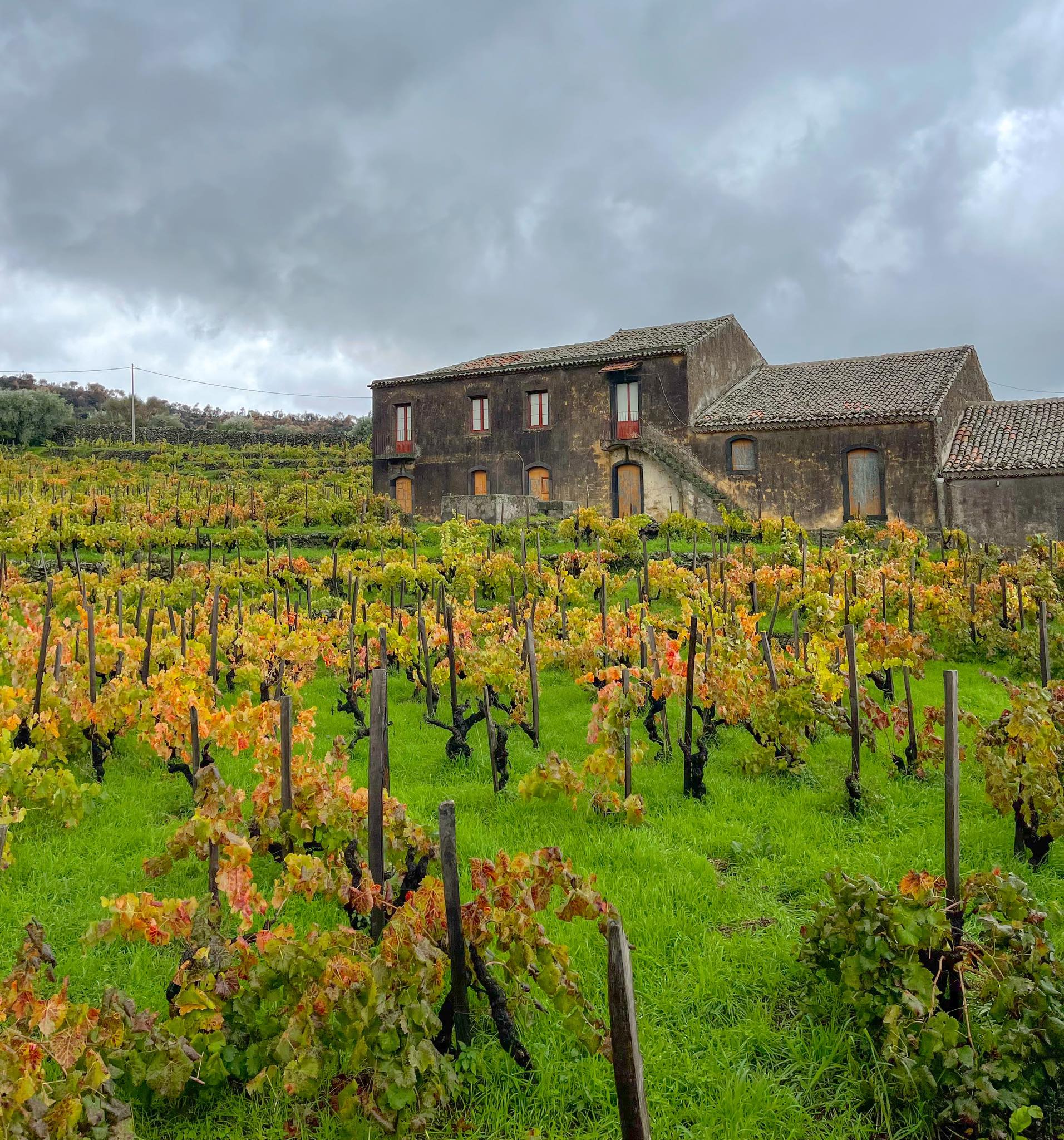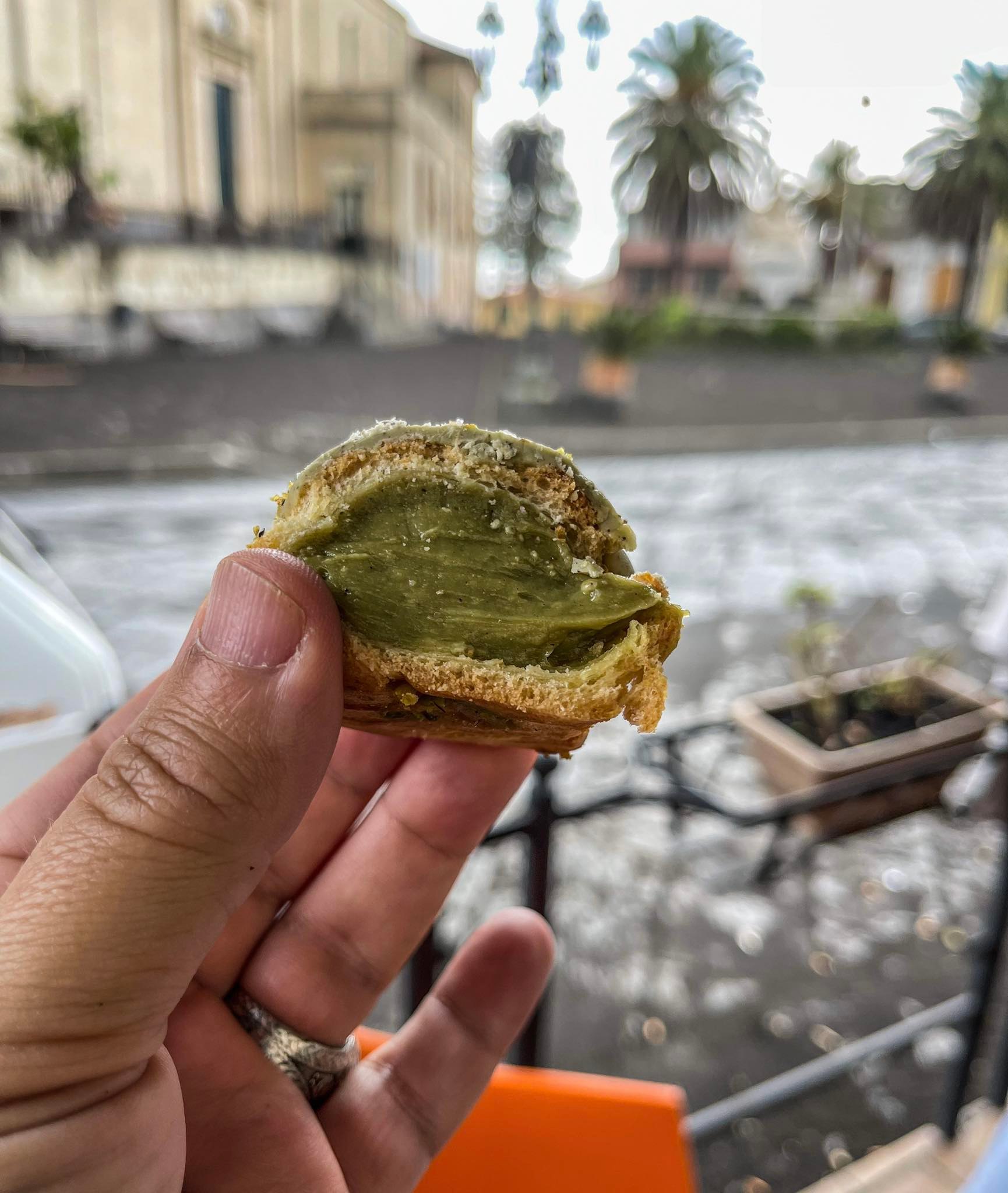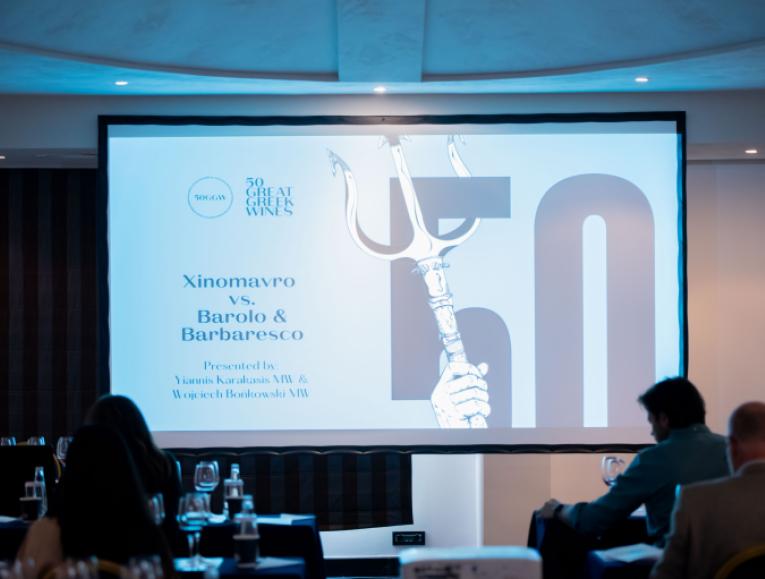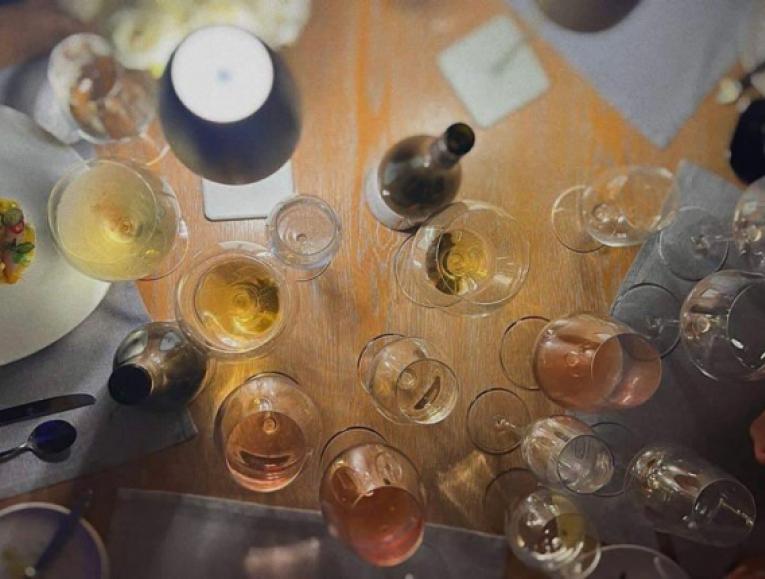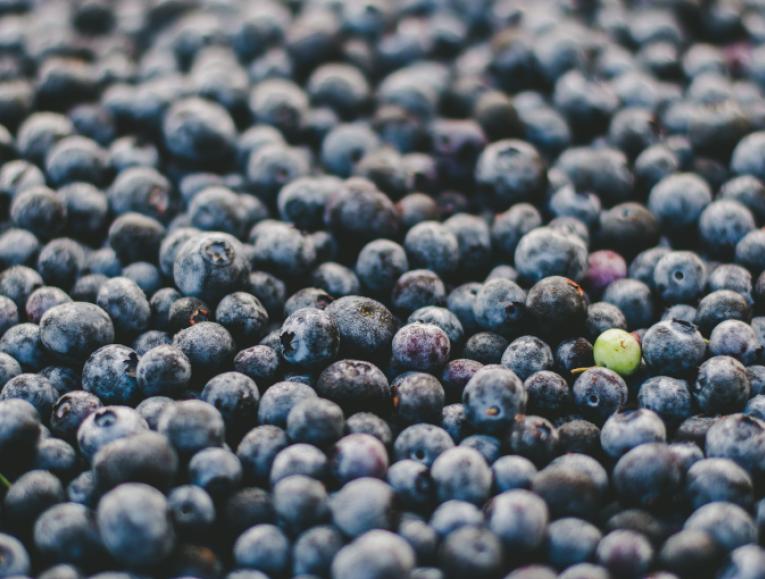A rainy day in the Etna visiting Girolamo Russo winery
By Yiannis Karakasis MW
Just an hour drive from my base in Taormina and Taormina Gourmet, the Etna tour was hard to resist. Especially since I had Wochiech Bonkowski as my wine guide. So, instead of a morning run, we drove to the high altitude vineyards of Etna, passing by picturesque and often abandoned towns. Our first stop was Piazza Chiesa Madre for an espresso and generous doses of local pistachio, which I adore. Nevertheless, nothing can beat pistachio nuts from Aegina in Greece. But, of course, we knew that.
Elevation ranges from 450 to over 1000 m which means that Etna is almost alpine at its highest! There are, in total, according to Etna Wine Guide, 133 contradas (local crus). These are found in four different terroirs (northern slopes, eastern, south-eastern, south-western). We started with fine weather and sunshine as we approached some contradas like Barbabecchi (pictured below) and Guardiola at 900 and 700 m, both on the northern side of the area. This part goes down to the Alcantara river valley and is particularly suitable for the cultivation of Nerello Mascalese.
Giuseppe Russo of Girolamo Russo winery was kind enough to receive us at the winery, even on a lazy Sunday noon. A man in his late 40s, polite and expressive, who explained all his ideas, standing next to his more than 40 slowly fermenting plastic tubs. "I use plastic for all my micro vinifications since it allows me better control of oxygen", he says, commenting that he picked his last parcels yesterday (Oct 23).
Giuseppe admits that he tried terracotta but didn't like the results. Nerello Mascalese does not need much oxygen; otherwise, it oxidises, he says. The most important thing is reductive ageing in bottle. "That's why Reserva is an old idea in Etna", he continues. Therefore, maturation is carried out in 20yo used large and small oak barrels bought in the late '90s.
We sit next to the fermenting plastic tubs (pictured below), and we can hear the music of spontaneous fermentation. There are some stems in the vats, with Giuseppe commenting that he includes up to 10% whole bunches. He produces approximately 80.000 bottles, 70% of which he exports to the USA and N. Europe. Of these, 15.000 bottles are white Carricante.
I ask him about the other red variety Nerello Cappuccio. "I only use it in my entry-level wines as I am not convinced that it adds substance or complexity", he answers. Nerello Mascalese is the quality grape.
As we drive to the tasting room, he talks more about his philosophy. "I like making clean wines, expressive and delicious. The September rain brought some balance to an otherwise early ripening and warm vintage; 2021 will see a decrease in yields". We pass by various contradas, and I ask him if he has any pre-phylloxera vines in his vineyards. The answer is somewhat unexpected as Giuseppe argues that pre-phylloxera is primarily marketing in Etna. "Phylloxera was never a real issue in Etna as it cannot survive in some sandy, ashy plots, so most vines are ungrafted," he says.
We taste his wines starting with Etna Bianco 2020, which comes from 80-year-old vines. It is firm and fruity with some apple and floral notes. Alcohol is just right at 13%, and the wine shows lovely freshness and integrated oak. Similarly, the Rosate 2018 showed crystalline purity, expressive aromas of grapefruit, sour cherry and a touch of herbal aromas.
As I wait for the Etna Rosso lineup, I am tempted to ask if he can describe Nerello Mascalese with as few words as possible. "Red fruit, roots (earth), smoke, citrus (orange zest)" he answers.
' A Rina 2019 appears in the glass. This is a blend and a very textbook Etna full of crunchy minerality, energy and brightness. Tannins are tight but well supported by dense fruit. Excellent value for money as it retails for 24 euros (***+). Feudo 2018 is next in line, mineral and a little bit broader on the palate (***+). And then came the star San Lorenzo 2018, a great wine from 750 m elevation combining intense smoke, crunchy cherries, earth and balsamic notes. Like licking a stone with a touch of sweetness on the palate. I can still taste it (****).
